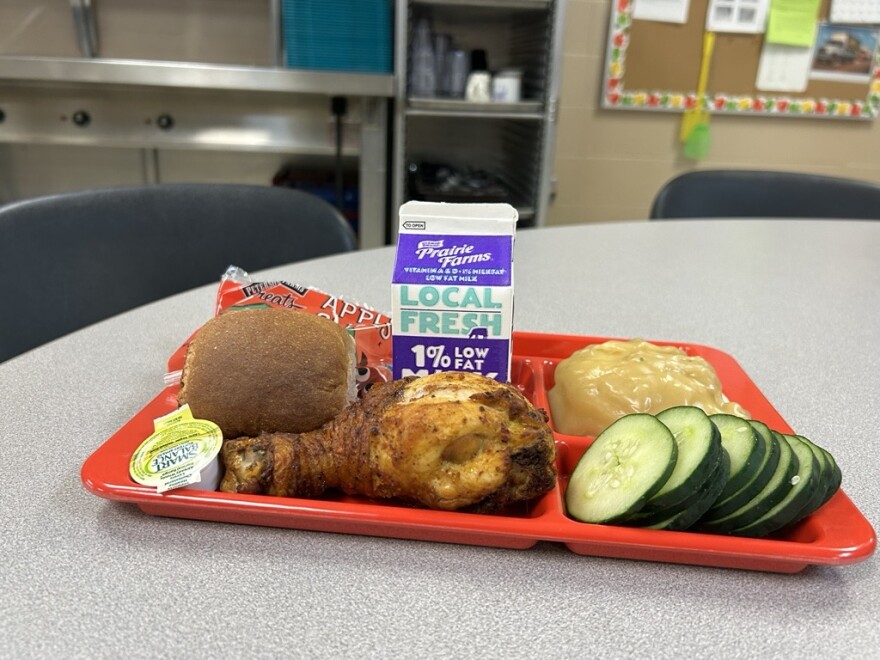Nearly half of the Sioux Falls School District's student body qualifies for free or reduced lunch, but some who don't qualify under existing income guidelines still go hungry in the state's largest school district.
For the third year in a row, the local non-profit Hungry Hearts is matching donations up to $100,000 for local students. This year, they're focusing on those just outside the income guidelines for assistance programs.
Jesse Severson is vice president of Hungry Hearts. He said during the announcement on Monday that they're focusing this year's fundraising match on students who fall just beyond the Sioux Falls School District's assistance guidelines. That means students who fall between 185% and 210% of the federal poverty line.
"We all know the rate of inflation and all that. Well, the guidelines haven't changed for free and reduced lunch," Severson said. "We all know our dollar doesn't go [as far] as it did four or five years ago. So that need is way, way more."
District leaders say about 360 students fall in the 185-210% FPL range Hungry Hearts is targeting. Some families miss qualifying for school meal assistance by just a few dollars a year.
Hungry Hearts will match donations to the Sioux Falls School District Angel Fund through the end of the year, with a total goal of $200,000 for students in need. A release from the school district says donations can be made by case, check, or online through PayPal or Venmo.



